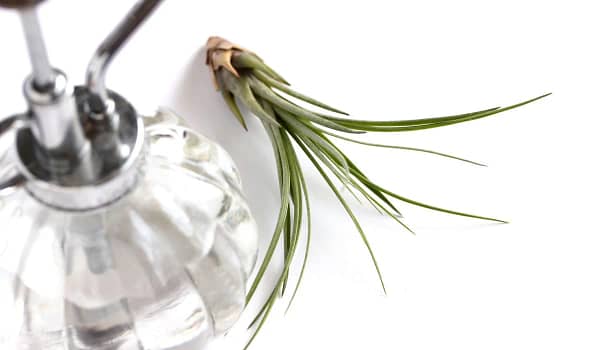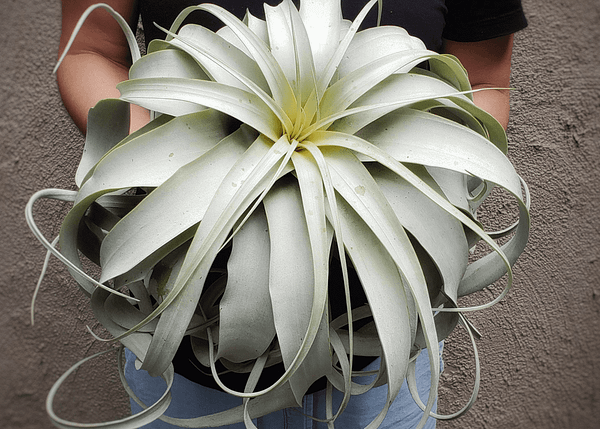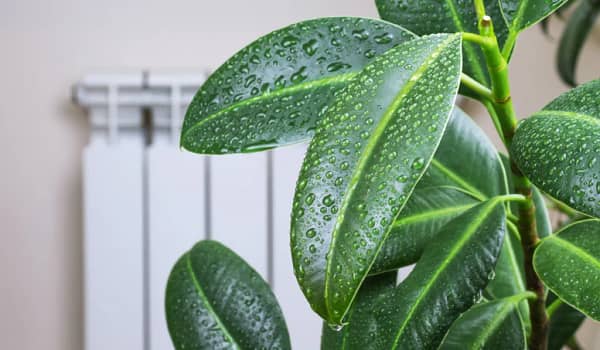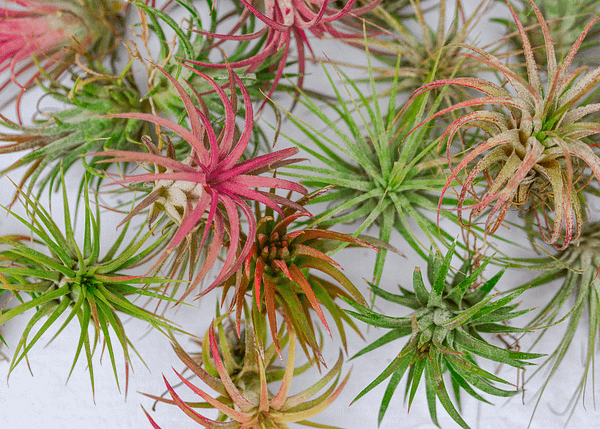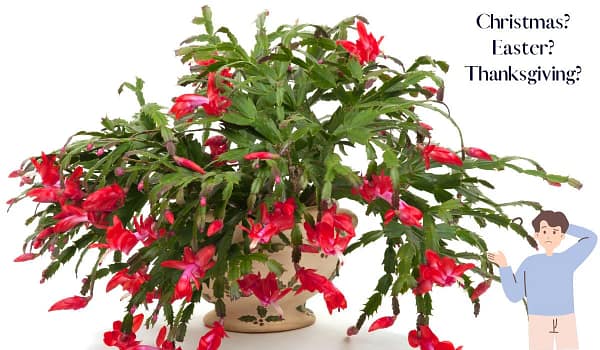All About Peperomia Turboensis

Peperomia ‘Dragon Skin’
The Turboensis or Dragon Skin peperomia, is one of the newest peperomia hybrids on the market. The distinct texture of its leaves, featuring intricate silver veins that run across the surface, adds a touch of elegance to its overall appearance.
Due to its manageable size and captivating aesthetic, Peperomia turboensis is quickly becoming a favorite among plant enthusiasts and collectors alike, perfect for adding a touch of greenery and beauty to any indoor space.
Not only are these peperomias cute and colorful, they are also non-toxic and Pet Safe.
Read on to learn more about caring for this little beauty….

How To Care for Peperomia Turboensis
Peperomia Turboensis is a mounding perennial native to South America where it grows in tropical rainforests. They prefer bright, indirect light as they would get growing under trees. If you don’t have a room bright enough, Turboensis does particularly well under grow lights.
Here are some grow lights that work well with peperomias.
You can pot them up an inch or two once the roots start growing out of the bottom of the pot. Remember that these plants stay relatively small and won’t need potting up very often. Because they won’t need fresh soil as often as fast-growing plants, be sure to fertilize during the growing season so they don’t lack nutrients.
The average temperature and humidity in most home environments is perfect for these tropical plants. They love a bright, sunny window, especially during the cooler months but avoid direct summer sun.
Read on to learn more about caring for Peperomia Turboensis ……
Care Summary
Zone
The ideal temperature range is 65° – 80 ℉
Peperomias prefer warm, humid conditions.
Find your zone here.
Water
They don’t like to completely dry out.
Water when the top 1-2 inches of soil is dry.
If you are unsure, stick your finger in the soil.
Too much water can cause root rot
Size
These are small, compact plants.
Turboensis grow to around 1 foot wide and 5 inches tall.
Light
Bright, indirect light but can grow well in medium-light situations.
Turboensis loves the morning sun.
Direct sun after 11 am can cause sunburn.
Soil
Use a rich potting mix that drains well.
Incorporate small pieces of orchid bark and perlite into regular or succulent soil to create more airflow.
Compost will add much-needed nutrients.
Humidity
50% or higher humidity levels.
Native to subtropical regions.
Toxicity
Peperomia Turboensis is non-toxic
Safe for children and pets.
Find more pet-safe plants here.
Fertilizer
Fertilize every during the growing season.
Once every three months with Green Grub Insect Frass.
For synthetic, use an all-purpose houseplant fertilizer with a balanced ratio.
Propagation
Division
Offsets
Stem or leaf cuttings

How to Propagate Peperomia Turboensis
Currently propagating Peperomia Turboensis for sale is not legal as the cultivator is copyrighted. However, you can propagate it for your own use.
There are three ways to propagate – seed, division, and leaf cuttings. Growing from seed takes a long time so we will discuss division and cuttings here. Both methods are best done in the spring.
Division
1. This is easily done while repotting your plant. Once you have the rootball out of the pot, use a sharp knife to cut individual offsets away from the main plant. Make sure to get enough roots to support the new offset.
2. Likewise you can also loosen the rootball with your fingers and gently separate the offset from the main plant.
3. Plant your new offset into a rooting medium, keep moist and wait for the plant to establish.
4. Once your offset is established and growing well. Repot into a pot that is 1 inch larger than the rootball and enjoy your new plant!
Leaf Cuttings
1. Take cuttings of healthy leaves making sure to get the leaf stem. I prefer to have at least five cuttings.
2. Plant the stem(s) into a rooting medium and keep the medium moist, not wet.
3. Cover with a clear plastic or glass dome so that the leaves do not dry out. Seed starting kits and propagation boxes work well for this.
4. Place your cuttings/ prop box in a warm area with bright indirect light and keep medium moist, not wet.
5. Wait for new growth. Once you have a thriving plant-let, repot, and slowly acclimate to a less humid environment.
Common Problems
Peperomia turboensis is generally a resilient plant, but it can encounter a few common problems. Understanding these issues and their solutions can help ensure the health and vitality of your Turbo Peperomia.
Overwatering: Excessive moisture can lead to root rot and other fungal diseases. Allow the soil to dry partially between waterings and ensure proper drainage. Adjust your watering frequency based on the specific needs of your plant and the humidity levels in your environment.
Insufficient light: Insufficient light can cause the Turbo Peperomia’s foliage to become pale, leggy, or lose its vibrant colors. Place the plant in a location with bright, indirect light to maintain its vibrant appearance. Avoid exposing it to direct sunlight, as it can scorch the leaves.
Lack of humidity: Peperomia turboensis prefers moderate to high humidity levels. Dry air can cause the leaves to wilt or develop brown tips. Increase humidity by using a humidifier, placing the plant on a tray filled with water and pebbles, or grouping it with other plants to create a microclimate.
Pests: While not particularly prone to pests, Peperomia turboensis can occasionally attract mealybugs or spider mites. Regularly inspect the plant for signs of infestation, such as webs or cottony clusters, and treat affected areas with an appropriate insecticidal soap or neem oil solution.
Incorrect temperature: This plant thrives in average to warm temperatures between 65-80°F (18-27°C). Avoid exposing it to sudden temperature fluctuations or drafts, as they can cause stress and damage to the leaves.
By addressing these common problems promptly and providing the necessary care, you can help keep your Peperomia turboensis thriving and displaying its unique foliage for years to come.
Get your very own Peperomia Turboensis here.
We act as affiliates for trusted merchants and we may earn referral commissions resulting from purchases of products or services recommended on this website.’














